
The harsh truth about Employee Share Ownership Programs (ESOP): Why most ESOPs fail & only a few are successful

Author: Chris Freund, Founder & Partner, Mekong Capital
At Mekong Capital, we’ve invested in over 40 companies in Vietnam over the past 20 years. While the majority of ESOP programs have proven ineffective in meeting their objectives, a handful of exceptions stand out, for example, our past investments in MobileWorld and Masan Consumer. These companies not only had generous ESOP programs but were also successful in generating significant shareholder value.
A “successful” ESOP program, as I define it, is one where:
- Senior executives want to own those shares and see it as better than receiving cash. These executives often retain most of their shares long after they have the ability to sell;
- Senior executives are incentivized to work together toward common goals, which they achieve in most years; and
- It contributes to high levels of employee retention.
So why do most ESOP programs fail?
1. Employees don’t see value in the future of the company. We had one investment in a past fund that on the first day that the company’s shares were traded on the Ho Chi Minh Stock Exchange (HOSE), the shares immediately traded down 20% to the downside limit price because all of the employee shareholders wanted to dump their shares. They didn’t believe in the future of the company.
2. There are too many restrictions on selling the shares, excessively long vesting periods, or so many complicated conditions that the employees don’t believe they will be able to sell their shares when they want to. Often a well-intentioned HR Director or a Board of Directors will create an ESOP with so many conditions that it requires 20 PowerPoint slides to explain. And no one, other than the author, understands it or can remember how it works. When this happens, employees will see no value in the ESOP program. In contrast, when we were a shareholder of Masan Consumer, they had assembled a great team and it was nearly impossible for competitors to recruit their people because Masan Consumer’s ESOP program was so attractive and unrestricted. Some department heads shared with me at the time that they saw so much value in the shares there were getting, partly because they knew they could sell their shares any time on the OTC market. Meanwhile, they believed that the company would continue its fast pace of growth and that the value of the shares would continue to increase. They were right.
3. The ESOP shares are too illiquid and there are no buyers, except for the company which has a policy for buying the shares back. In this situation, employees expect the price when they sell will be unfair if they can only sell back to the company. This was one of the problems with Mekong’s internal ESOP program in the past as we had no plans to list our shares on a stock exchange, so employees correctly anticipated that there would be few or no interested buyers for their shares. In Vietnam, ESOP programs work better when the company is already a registered public company (or very close to it) and had clear plans to list on a stock exchange because there is an active secondary market.
4. The performance triggers, like KPIs that they must achieve to earn ESOP, are so high or complicated that the granting of ESOP is unlikely to happen. In these companies, while they do have an ESOP program, year-after-year the employees earn few or no ESOP shares. Employees feel like it’s out of their control and they will only earn ESOP if they get lucky. In contrast, MobileWorld typically triggered ESOP when the net profit grew by 30% in a year, even while the company was growing at much faster rates. Hence, employees were confident they would achieve the trigger for their ESOP in most years. Thus, ESOP became a core component of MobileWorld’s compensation system, and it worked well.
5. It’s too unclear how the ESOP shares will be allocated. Some of our earliest investments had ESOP programs in which the Chairman/CEO would just decide at the end of every year who gets how much ESOP. This created an environment of loyalty to the Chairman, but not one of performance and transparency. Those companies failed to build high-performing teams. Employees need clarity about how many ESOP shares they will get if they achieve their KPIs.
So here is what does work:
- Confidence: Introduce ESOP if the company is growing well, and most senior employees are excited about the future of the company.
- Liquidity: Introduce the ESOP when the company will soon be a Registered Public Company, has clear plans to list on the stock exchange, or is organized around a liquidity event like selling the whole company.
- Unrestricted: Few or no restrictions or conditions on employees’ ability to sell their shares, and keep the vesting periods minimal.
- Simple & Transparent: Keep the performance triggers simple and achievable based on good performance (but not the best-case scenario), with an easy system to project how many ESOP shares each person can earn.
May 12, 2023
Click below to subscribe to Mekong Capital’s quarterly newsletter.
Mekong Capital makes investments in consumer-driven businesses and adds substantial value to those companies based on its proven framework called Vision Driven Investing. Our investee companies are typically among the fastest-growing companies in Vietnam’s consumer sectors.
In January 2022, Mekong Capital founder Chris Freund published Crab Hotpot, a story about a bunch of crabs who found themselves stuck in a boiling pot. The colorful cover of “Crab Hot Pot,” complete with expressive cartoon crustaceans, looks like a children’s tale at first glance. But as one continues reading, it becomes clear that the work has an important message about organizational transformation, leadership and focusing on a clear vision for the future.
The book is available on Tiki (Hard copy): bit.ly/38baF8a (Vietnamese) and Amazon: amzn.to/3yWunzG (English)

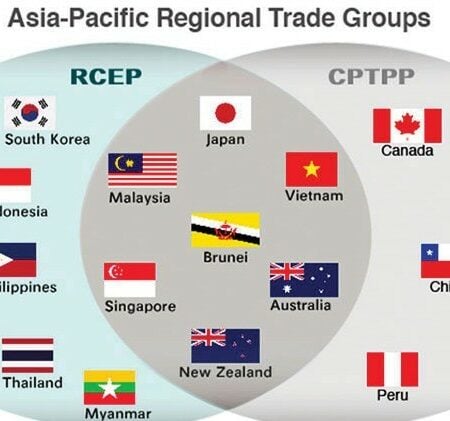
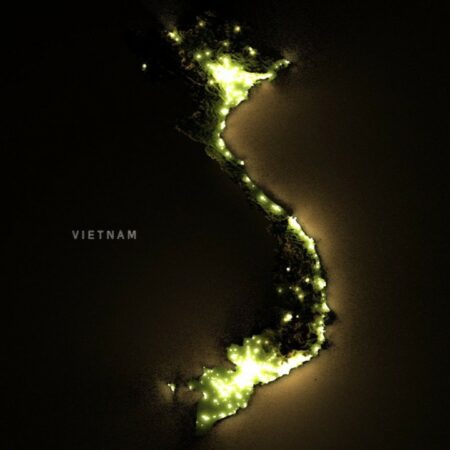
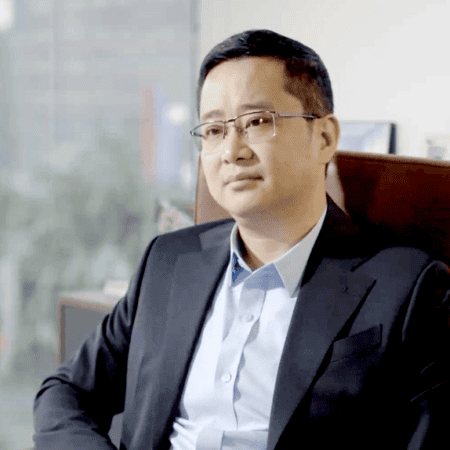
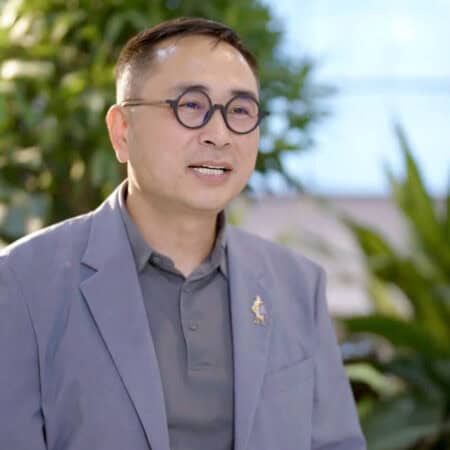
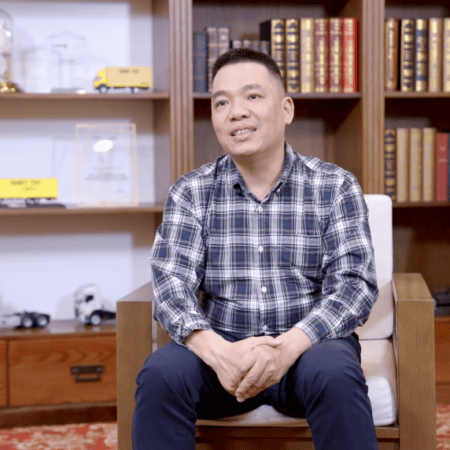
Leave a Reply